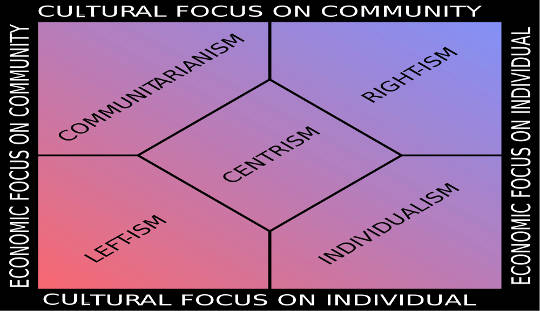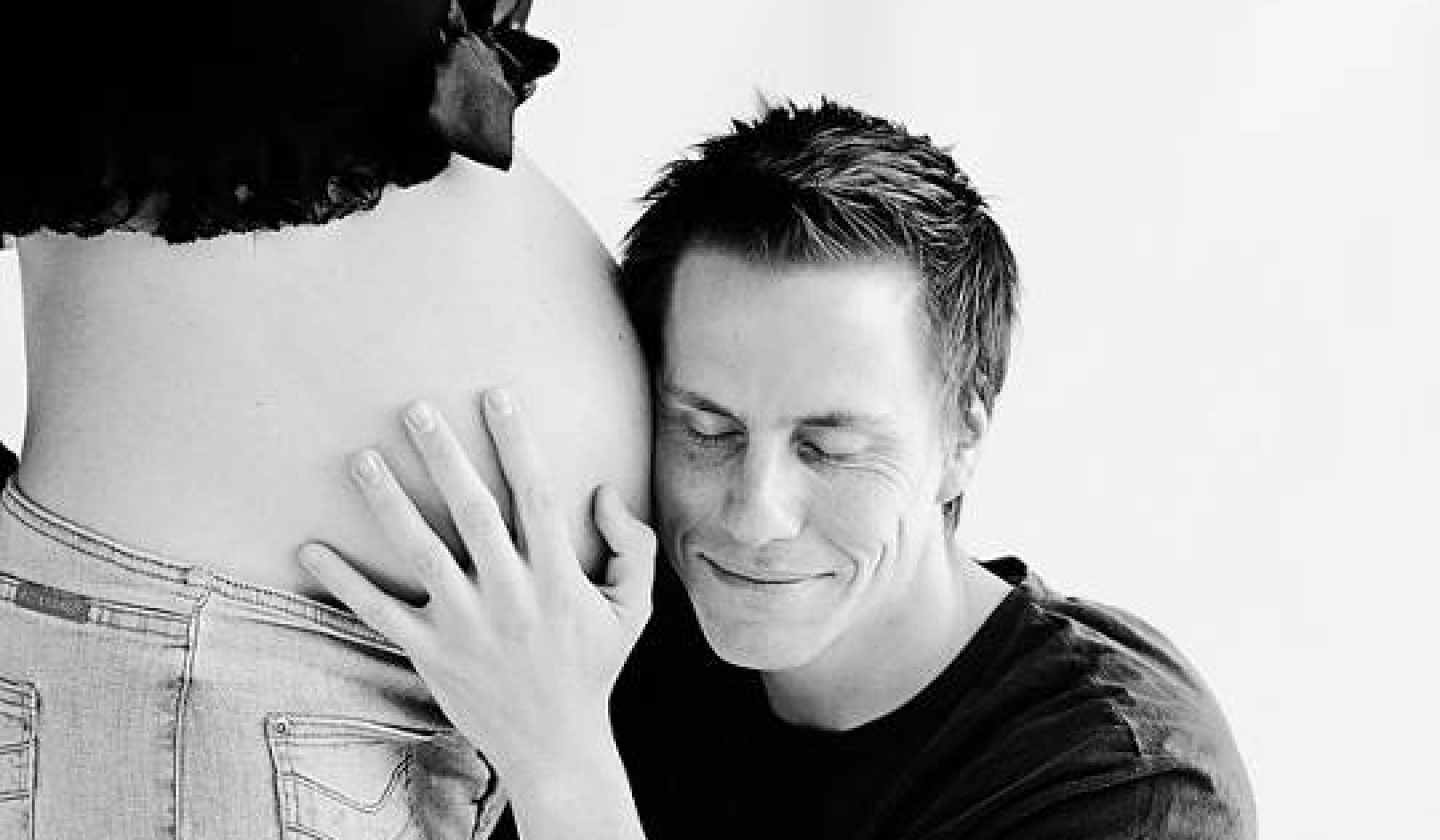
Even the most secluded person cannot fail to have noticed that the United States is riven by two competing worldviews: one politically and culturally conservative and religiously bound, the other socially progressive and largely “spiritual but not religious.”
Each demographic is defined endlessly in the media—which just feeds the divisiveness, so my need to do it here seems hardly necessary. We all know that these two worldviews exist and that the rhetoric of their disunity is couched in the language of values.
Which Values Are Best?
Which challenges us to ask, If it is a fight over values, which values are best? If one is to become an agent of life-affirming change with wellness as a first priority, the answer to that question tells you where to focus your intention and work.
This is a very important question. Can we answer it in an objectively verifiable way? Can we avoid the mires of theological or ideological dispute? Can we know with surety which set of values produces greater social wellness? The answer: Yes, we can.
We can do it on the basis of data, with no reference to polemics, ideology, or theology. Just data.
Relationships, Marriage, and Divorce
The importance of families is the central value on which both of the great social cohorts in America agree, and a multitude of studies in several disciplines, from biology to sociology, tell us that families, in some form, are the foundation of every social order from beehives to nations.
Naomi Cahn and June Carbone, the authors of Red Families v. Blue Families, described the schism they observed in a Washington Post blog this way:
Blue families, in order to make it possible to invest in women as well as men, defer marriage and childbearing, and reap the advantages from older partners’ greater emotional maturity and financial independence. The “bluest” areas of the country and particularly the urban northeast have the highest average ages of family formation and demonstrate the greatest support for the mechanisms that effectively deter teen births. The new model also lowers fertility and produces higher rates of non-marital cohabitation.
Red families, centered in the more religious and marriage-oriented communities of the South, the mountain west and the plains, continue to embrace unity of sex, marriage and reproduction. The growing gap between the beginning of sexuality and readiness for childbearing alarms religious parents about the morality of their offspring, and higher divorce and non-marital birth rates threaten the fabric of these communities.
Defining A "Good Relationship"
One measure of how good a relationship is would be: Does the relationship last? The comparative answer can be seen in divorce rates as reported by the United States Census Bureau. Nevada, of course, is first in divorce, because it makes a specialty of servicing both ends of matrimony. But the next eight states, in descending order—Arkansas, West Virginia, Wyoming, Idaho, Oklahoma, Kentucky, Alabama, and Alaska—can all be defined as red societies. Red families have a harder time maintaining stable, loving partnerships. One reason for this is that they encourage early marriage, often before young personalities are fully formed.
However it isn’t quite that simple. The data is clear: increasingly marriage success is declining, to which must be added that Americans increasingly aren’t getting married at all.
As the Pew Research Center’s analysis of United States Census Bureau data showed:
In 1960, 72 percent of all adults ages eighteen and older were married; today, just 51 percent are. Other adult living arrangements—including cohabitation, single-person households, and single parenthood— have all grown more prevalent in recent decades.
So if we are going to have healthy families, if our family wellness is to increase, it is relationships in whatever form they take that we need to nourish, not any specific institutional form. National wellness clearly springs from healthy, stable relationships that endure. And our failure as a culture to reconcile ourselves to this is causing us enormous stress.
Families
Children do better in the blue states than in the red states. Why? Consider the Right’s assault on Planned Parenthood, again justified explicitly by values. And consider, as a result of the relentless pressure from the Right, that we don’t have the universal health care that is considered a citizen right in most of the developed world.
We have tried the Right’s approach to “for profit” health industry medicine for more than three decades, since the Nixon administration made it possible. Can anyone claim ignorance of this model’s failure?
The World Health Organization (WHO) assesses our standing as compared to the rest of the world and finds we are thirty-seventh. And a United Nations’ assessment, released in September of 2010, shows that “the United States is 50th in the world for maternal mortality—obstetrical death—with maternal mortality ratios higher than almost all European countries, as well as several countries in Asia and the Middle East.”
Yet according to the Association of Reproductive Health Professionals, “We spend more on childbirth-related care than any other area of hospitalization—US $86 billion a year.” To place this in its larger context, the United States pays a far higher percentage of its gross domestic product (GDP) for health care—16 percent in 2008—compared to France, the country with the best health care in the world, which takes only 11.2 percent.
We have pursued policies that have failed to serve our collective wellness. Why is that? Because of values. All of this arises because one set of values has predominated and given us an illness profit system, not a genuine health care system that puts national wellness first. Although it may be unpalatable, the truth about the United States is that we still place more importance on the value of profit than we do on the value of individual and social wellness.
Children
From state performance data we can say that the children growing up in states where red family values prevail will get less education and are more likely to be obese and to have more diabetes. There also is more teen pregnancy. These teenagers also show a higher incidence of sexually transmitted diseases.
It is the violence done to children, however, that really shames us as a country and brings into focus another aspect of social values outcomes. More than three million reports of child abuse are made in the United States every year. America has more child abuse than any other industrialized country in the world. We’re number one. A child in the United States is eleven times more likely to be abused than a contemporary in Italy. Three times more likely to be punched and brutalized than a child in Canada.
Over the past ten years more than twenty thousand American children are believed to have been killed in their own homes by family members. Can you believe that? Can you accept that nearly four times as many children have died at home than U.S. soldiers have been killed in Iraq and Afghanistan?
And this child abuse crisis is not evenly distributed throughout the fifty states. Red-value states are additionally among the most violent.
Saddest of all is that even when abuse is stopped the wound it causes often never heals. Eighty percent of twenty-one-year-olds who reported childhood abuse met the criteria for at least one psychological disorder.
Looking at other key indicators of well-being produces much the same social outcome picture. Children from Texas are twice as likely to drop out of high school as children from Vermont. They are four times more likely to be uninsured, four times more likely to be incarcerated, and nearly twice as likely to die from abuse and neglect.
There is much more that could be said, but this is enough to make the point. If we really do care about family values, and we should, and we make our decisions on the basis of facts, with wellness as our goal, it seems increasingly obvious that socially progressive blue values can get us there, whereas the outcome data we have suggest that right-wing red values cannot.
That is not a political judgment, just what the data tell us. In the miasma of political exposition and commentary, I hope we can stay in touch with facts. Just as we know what is wrong, we also know what works.
Editor's Note: This article is continued in Part 2:
Social Wellness: Do Your Personal Choices Matter?
©2015 by Stephan A. Schwartz.
Reprinted with permission of the publisher, Park Street Press,
an imprint of Inner Traditions Inc. www.innertraditions.com
Article Source:
 The 8 Laws of Change: How to Be an Agent of Personal and Social Transformation
The 8 Laws of Change: How to Be an Agent of Personal and Social Transformation
by Stephan A. Schwartz.
Click here for more info and/or to order this book.
About the Author
 Stephan A. Schwartz is a distinguished consulting faculty member at Saybrook University, a research associate of the Laboratories for Fundamental Research, editor of the daily web publication Schwartzreport.net, and columnist for the peer-reviewed research journal Explore. The author of 4 books and more than 100 technical papers, he has also written articles for Smithsonian, OMNI, American History, the Washington Post, the New York Times, and the Huffington Post.
Stephan A. Schwartz is a distinguished consulting faculty member at Saybrook University, a research associate of the Laboratories for Fundamental Research, editor of the daily web publication Schwartzreport.net, and columnist for the peer-reviewed research journal Explore. The author of 4 books and more than 100 technical papers, he has also written articles for Smithsonian, OMNI, American History, the Washington Post, the New York Times, and the Huffington Post.
Watch a video: Non-Local Consciousness and Exceptional Experiences (with Stephan A Schwartz)

























